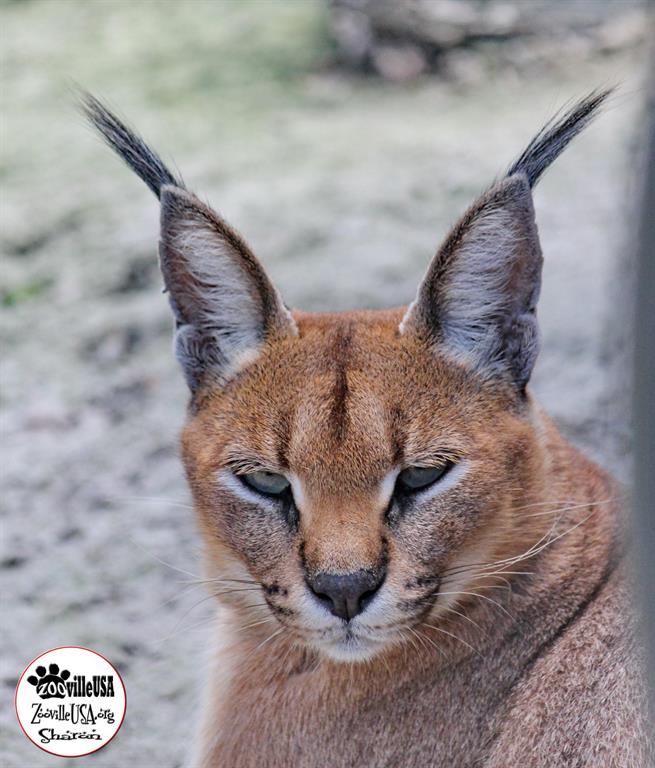CARACAL (Caracal caracal)

What do caracals look
like?
The most recognizable feature of caracals are
their ears. The backs of their ears are black and they have long black tufts at
the top of their ears. This characteristic tuft is shared with other species of
the lynx family. Their body is typically a tawny-brown or brick red, so the
black tufts on their ears really stands out. Caracals actually got their name
from their distinctive ear tufts. The Turkish word “karakulak” means black ear.
Caracals are quite
large compared to other African small cats and make formidable hunters. Females
can weigh up to 35 pounds and males up to 40 pounds.
Where can I find
caracals in the wild?
Caracals have
a very large range and can be found across Africa. They can live in a wide
variety of habits, only avoiding the Sahara Desert and dense areas of forest in
West Africa.
Caracals prefer drier environments so tend to favor
savannas.
What do caracals eat?
Caracals are
carnivores and eat small mammals such as rodents and hares and even small
antelope. Occasionally, after making a kill a caracal may drag it up into a
tree. Caracals are mostly nocturnal so this is when the majority of their
hunting is done.
They are
excellent jumpers and have been known to leap up to 12 feet in the air to catch
birds in mid-flight. This is why caracals were once used for bird hunting in
Iran and India. The caracals would be placed into a contained area with pigeons
to see how many each caracal could catch. This is the origination of the
expression “to put a cat amongst the pigeons.” The Caracal is capable of leaping into the air and knocking down 10-12
birds at one time!
Do caracals live in
groups?
Caracals
are solitary animals, and typically only come together for mating. Female
caracals are pregnant for around 80 days and can have anywhere from 1-4
kittens. These baby caracals will fully open their eyes within 10 days of being
born and will continue to nurse for 10 weeks. They will remain with mom for up
to 1 year, while they learn to hunt and fend for themselves.
Are caracals
endangered?
Caracals
are considered least concern by the IUCN Red List. The biggest threat facing
caracals are humans, as they are killed for livestock predation and hunted for
their skin and meat.